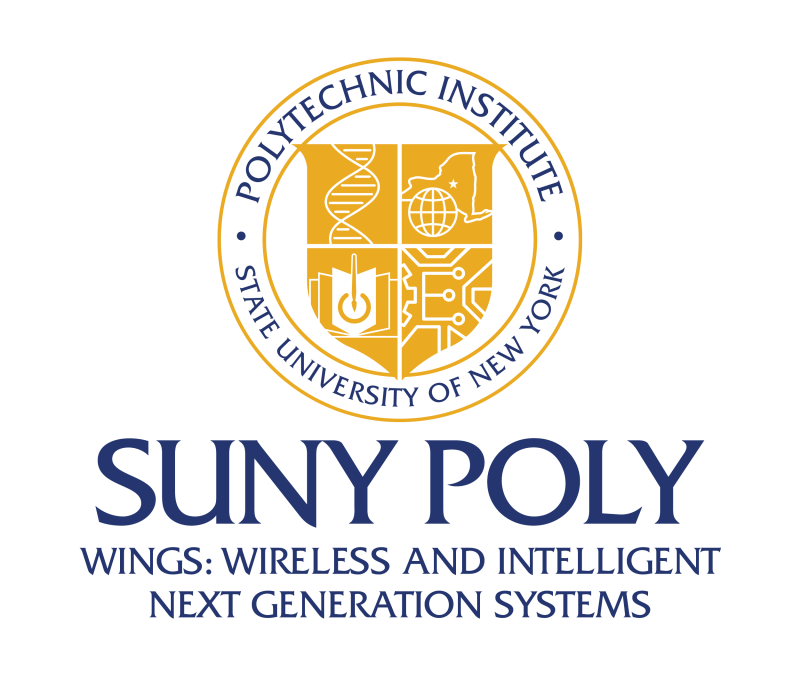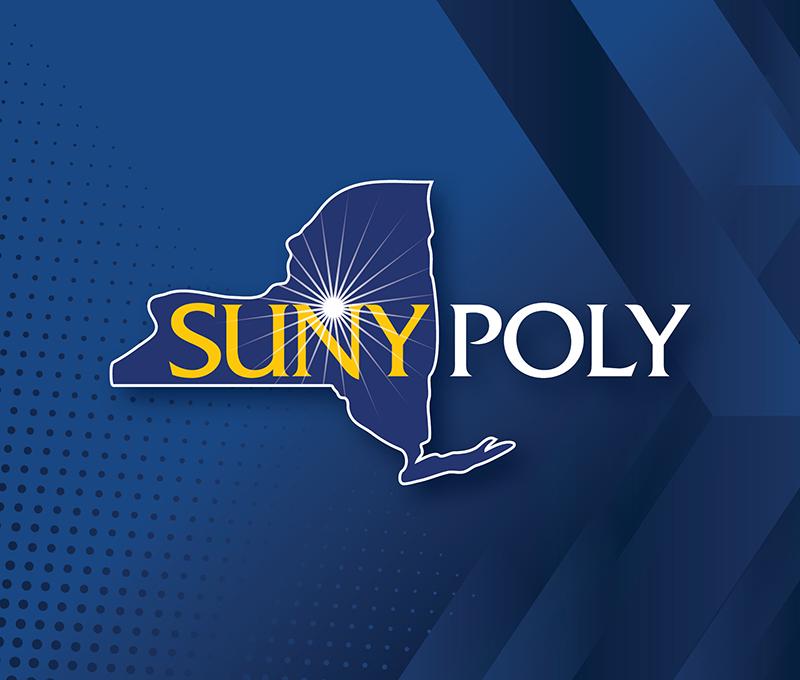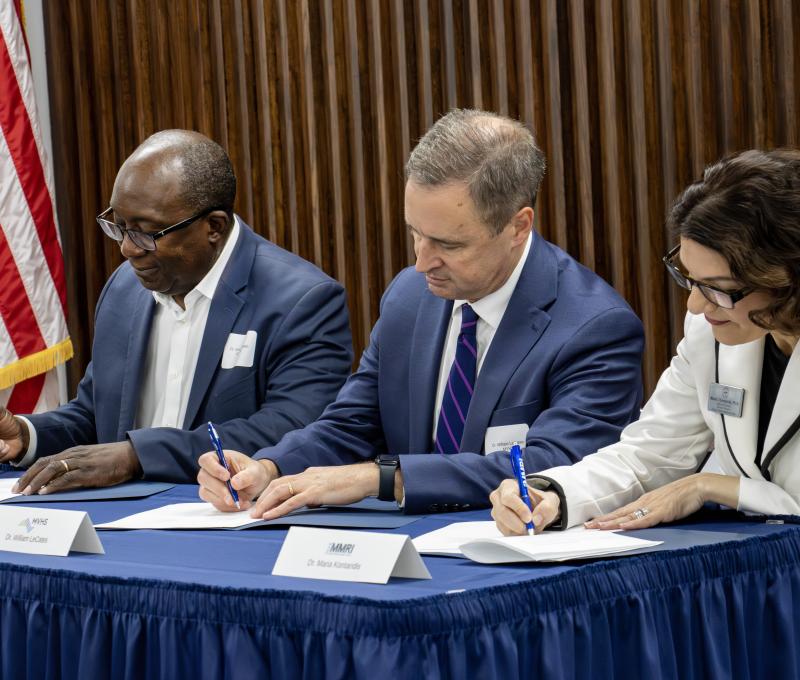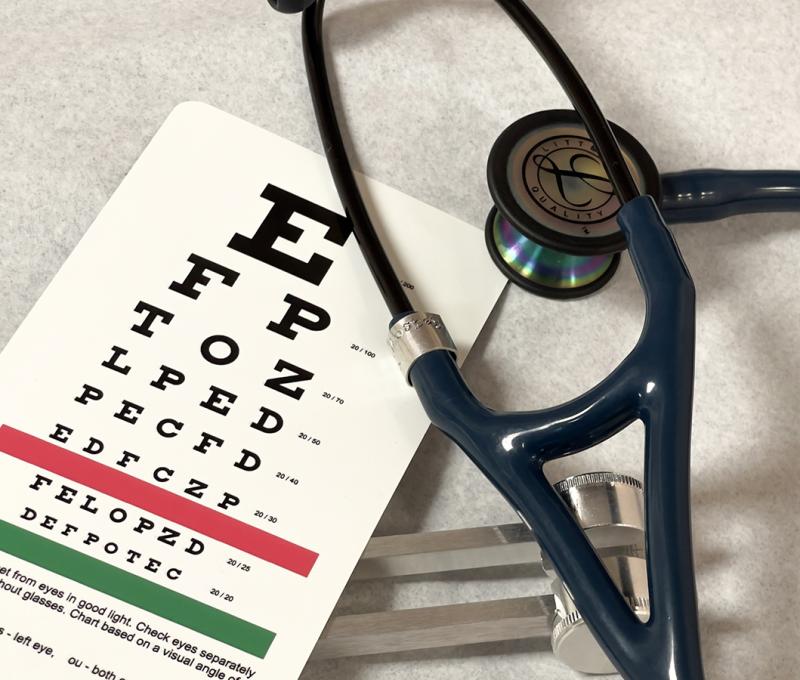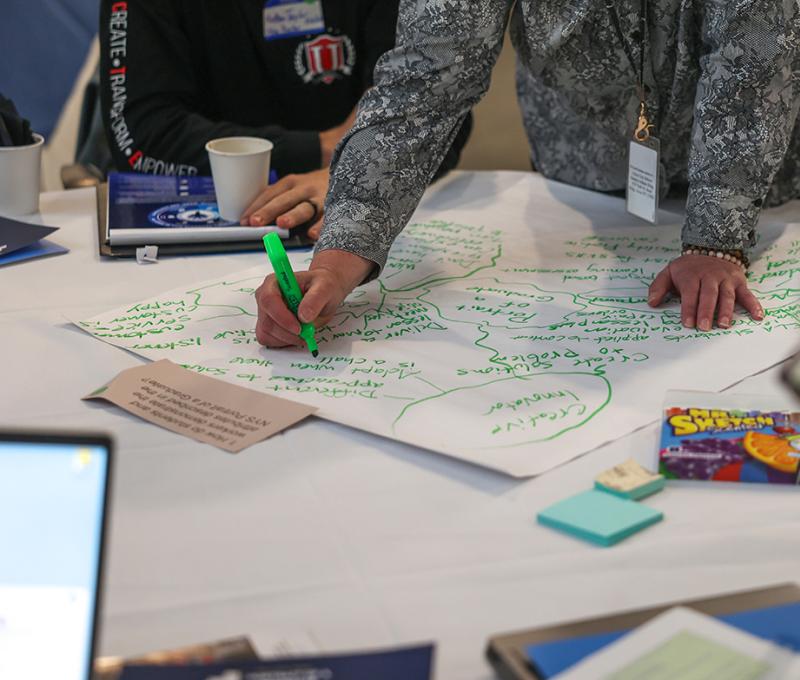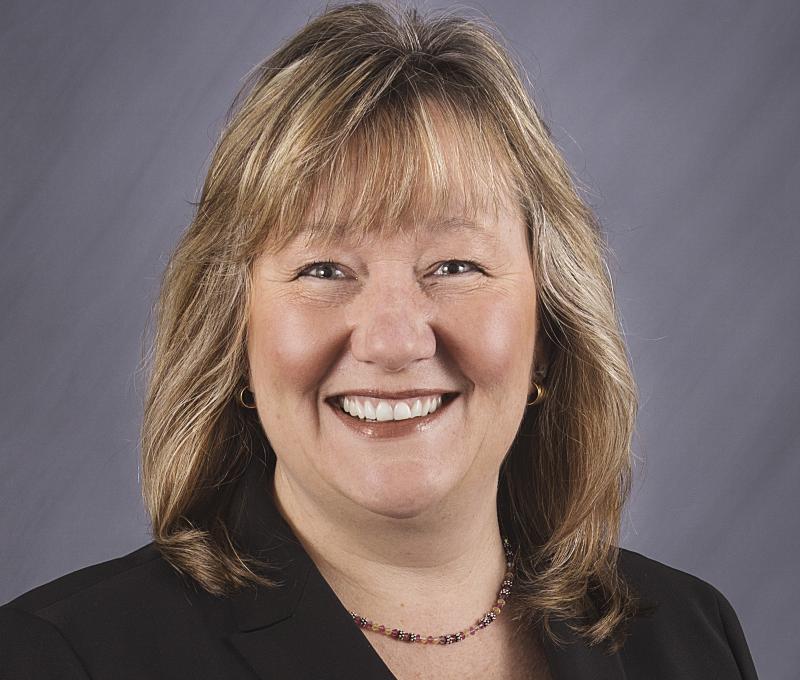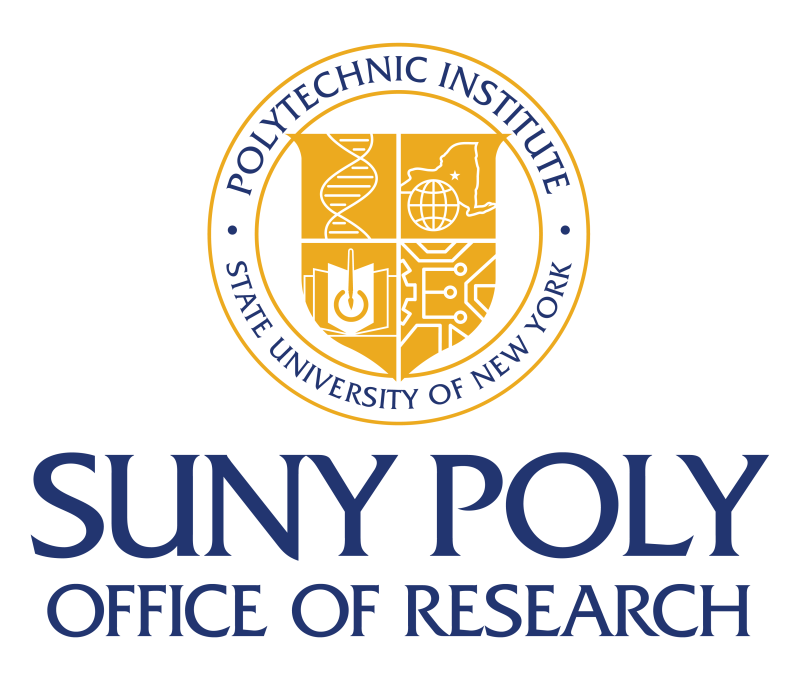SUNY Poly Details Oversight and Transparency Process Regarding
Buffalo Projects
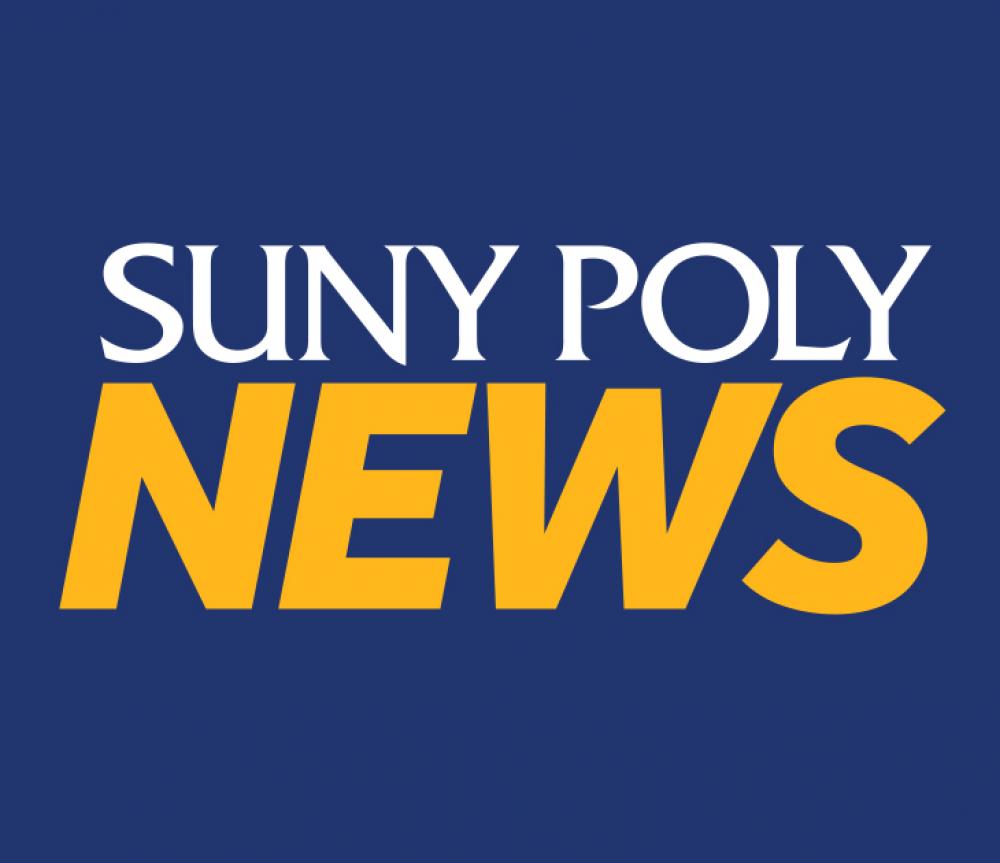
In the case of the Buffalo projects being implemented by SUNY Poly and FSMC, oversight and approval of agreements, contracts, and expenditures has been provided by the designated funding agency, ESDC, with financial oversight by the Division of the Budget (DoB) and, as appropriate, the Office of the State Comptroller (OSC).This is how the process worked in every instance:
1. ESDC issues its standard “Financial Assistance Application” to FSMC to fill out with overall specifics of the project, including programmatic and financial details. A link to the application is here.
2. ESDC reviews the form after it is filled out by FSMC and, typically, requests answers to various questions and once the questions are answered to ESDC’s satisfaction, ESDC prepares a Grant Disbursement Agreement (GDA) that is sent to FSMC for review and comment.
3. ESDC completes the GDA and, after review and sign off by DoB on financial aspects, submits it to its Board of Directors with all appropriate and required exhibits for review and approval in a meeting open to the public after making the material publicly available on line. ESDC Board materials, as they pertain to the SUNY Poly/FSMC Buffalo projects, are available from 3/28/14, 6/27/14, and 5/18/15.
4. The board acts on the GDAs after a public discussion with a public vote. The outcome of the public vote are listed in the table below (publicly available minutes of meetings also enclosed):
| GDA | ESD Board Meeting Date | ESD Board Approval |
| GDA Z733 ($125M) | May 18, 2015 | May 18, 2015 (unanimous) |
| GDA ($118M) | March 28, 2014 | March 28, 2014 (unanimous with Paul Ciminelli recusing) |
| GDA ($107M) | June 27, 2014 | June 27, 2014 (unanimous) |
5. Copies of all GDAs for the SUNY Poly/FSMC Buffalo projects are available for review.
Executed GDA Riverbend 1 Executed GDA Riverbend 2 Executed GDA Riverbend 3 Riverbend GDA Amendment Executed Riverbend GDA Amendment
6. It should be noted that the GDAs require:
“…ESD’s Design & Construction (“D&C”) staff will review the Project Plan, Scope, Budget/Design Development Estimates and proposed Schedule & Bid Packages. D&C shall be apprised of progress throughout site development and building construction phases and receive a copy of Meeting Minutes/OAECM and periodic project status reports. D&C will visit the Project Location at its option, attend meetings, review payment requisitions and recommend payment when its requirements have been met per the Grant Disbursement Agreement…” and “…for reimbursements submit to ESD, among other documents, “Contractor and CM Agreements/Costs…”” (excerpt from GDA).
7. The GDA is then executed between ESDC and FSMC.
8. DoB provides a review and authorizes release of funds to ESDC after the required public hearing is conducted by ESDC for every project/GDA.
9. ESDC retains control of the funds and FSMC submits requisitions to ESDC that are reviewed and approved by both ESDC and DoB prior to payment of any expenditures. OSC also reviews and approves specific requisitions as requested by ESDC/DoB. Two examples of such OSC approved requisitions are available for review ( example 1 // example 2).
####################
SUNY Polytechnic Institute. SUNY Polytechnic Institute (SUNY Poly) is New York’s globally recognized, high-tech educational ecosystem, formed from the merger of the SUNY College of Nanoscale Science and Engineering and SUNY Institute of Technology. SUNY Poly offers undergraduate and graduate degrees in the emerging disciplines of nanoscience and nanoengineering, as well as cutting-edge nanobioscience and nanoeconomics programs at its Albany location and undergraduate and graduate degrees in technology, including engineering, cybersecurity, computer science, and the engineering technologies; professional studies, including business, communication, and nursing; and arts and sciences, including natural sciences, mathematics, humanities, and social sciences at its Utica/Rome location. Thriving athletic, recreational, and cultural programs, events, and activities complement the campus experience. As the world’s most advanced, university-driven research enterprise, SUNY Poly boasts more than $43 billion in high-tech investments, over 300 corporate partners, and maintains a statewide footprint. The 1.3 million-square-foot Albany NanoTech megaplex is home to more than 4,000 scientists, researchers, engineers, students, faculty, and staff, in addition to Tech Valley High School. SUNY Poly operates the Smart Cities Technology Innovation Center (SCiTI) at Kiernan Plaza in Albany, the Solar Energy Development Center in Halfmoon, the Central New York Hub for Emerging Nano Industries in Syracuse, the Smart System Technology and Commercialization Center (STC) in Canandaigua, and the Photovoltaic Manufacturing and Technology Development Facility in Rochester where SUNY Poly also leads the American Institute for Manufacturing Integrated Photonics. SUNY Poly founded and manages the Computer Chip Commercialization Center (Quad-C) at its Utica location and also manages the $500 million New York Power Electronics Manufacturing Consortium, with nodes in Albany and Rochester, as well as the Buffalo High-Tech Manufacturing Innovation Hub at RiverBend, Buffalo Information Technologies Innovation and Commercialization Hub, and Buffalo Medical Innovation and Commercialization Hub. For information visit www.sunycnse.com andwww.sunypoly.edu.
####
Media Contact: Jerry Gretzinger, Vice President of Strategic Communications and Public Relations (518) 956-7359 | jgretzinger@sunypoly.edu

